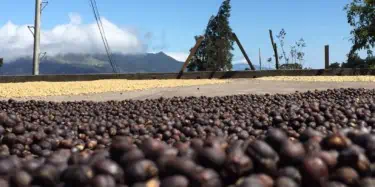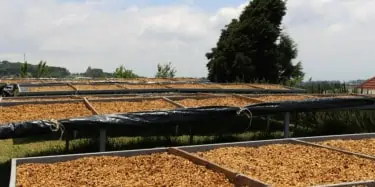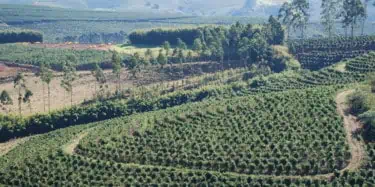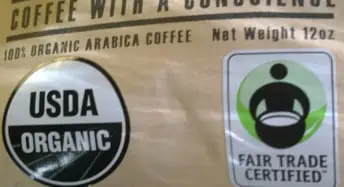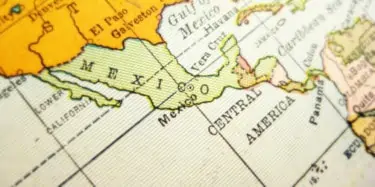This is not your typical Coffee Review tasting report. In fact, it is something of an unplanned improvisation. We originally had scheduled a tasting report on coffees of Costa Rica this month, but we decided to postpone it until next month, October. It turned out that Costa Ricas were slow to arrive in roasters’ warehouses this crop year, and we feared that if we rushed the article we would miss
Honey-Processed Coffees: Quiet Adventure
Honey coffee, honey-processing – what wonderful coffee language! It’s a language that sells (after all, most of us like honey), but it sells honestly. I can’t think of a better descriptor than “honey” for a process in which coffee beans are dried with the sticky-sweet, golden layer of fruit flesh still clinging to them, rather dried after the fruit flesh has been completely removed as it is in the
Some Single-Origin Coffees from Australian Roasters
Over the last several decades Australia has developed a particularly vibrant specialty coffee scene. Cities seethe with cafés and café-goers. No consumer coffee events I’ve ever witnessed elsewhere have come close to the energy and sheer scale of Australian coffee festivals. And coffee in Australia continues to be appealingly local, as independent cafés considerably outnumber chain locations in
Brazil Naturals: Tradition Meets Trend
Although Coffee Review has published a number of articles over the years focusing on coffees from Brazil, we have never specifically focused on the coffee type generally called “Brazil naturals”: Brazil coffees of the Arabica species that have been dried inside the fruit rather than after the fruit has been removed (as is the case with conventional “washed” or wet-processed coffees). Brazil
When the Small Get Big (and the Big Try for Small)
We know them. These are the coffee roasting companies that made their reputations as innovative locally based roasters, and eventually came to model a new kind of coffee institution, one built around a revived intimacy between coffee and customer, precisely described high-end microlot coffees brought to dramatically light roasts, minimalist café interiors, free public cuppings, and pedagogical
Trolling the Supermarkets for Single-Origin Coffees
Every month Coffee Review publishes reviews of exceptional, often extraordinary single-origin coffees: green coffees produced in a single country, from a single crop, from a single farm or cooperative and, often, from a single variety of tree. These coffees are usually roasted and packaged by smaller roasting companies, however, so unless you happen to live in the immediate neighborhood of one of
Top 30 Coffees of 2015
We are pleased to present our Top 30 Coffees of 2015, Coffee Review’s third annual ranking of the most noteworthy coffees among those we reviewed over the past twelve months. In 2015, we cupped thousands of samples and published more than 300 coffee reviews. Approximately ninety of the reviewed coffees scored 94 points or higher. Obviously, all coffees earning scores of 94 points or more are
Holiday Coffees 2015
Both from the practical goal of generating gift ideas for coffee aficionados and from the wonkier goal of understanding current trends in high-end coffee, this month’s sampling of thirty-five holiday coffees appears productive. The only criterion we imposed on the coffees we reviewed was availability: We asked that they be on sale throughout the holidays. But the larger expectation was, of course,
Fair Trade Certified Coffees
Consumers who prefer to buy coffees that promise to reconcile pleasure with generosity toward the people and environment responsible for that pleasure, and who want to feel some solid confirmation regarding the generosity part, should find useful recommendations among the ten coffees reviewed this month. Nine of the ten are Fair Trade Certified, meaning that, according to the certifier, Fair Trade
Traditional Coffees of Central America: Quest for the Classic
We’ve seen two conflicting, yet overlapping, trends at the growing end of specialty coffee over the past decade. On one hand, greater and greater homogeneity. Traditional coffee tree varieties, varieties that may not taste unique, but do taste subtly different, are being replaced by disease-resistant, higher-yielding varieties that incorporate robusta genes and, well, usually don’t taste different











